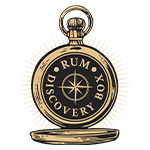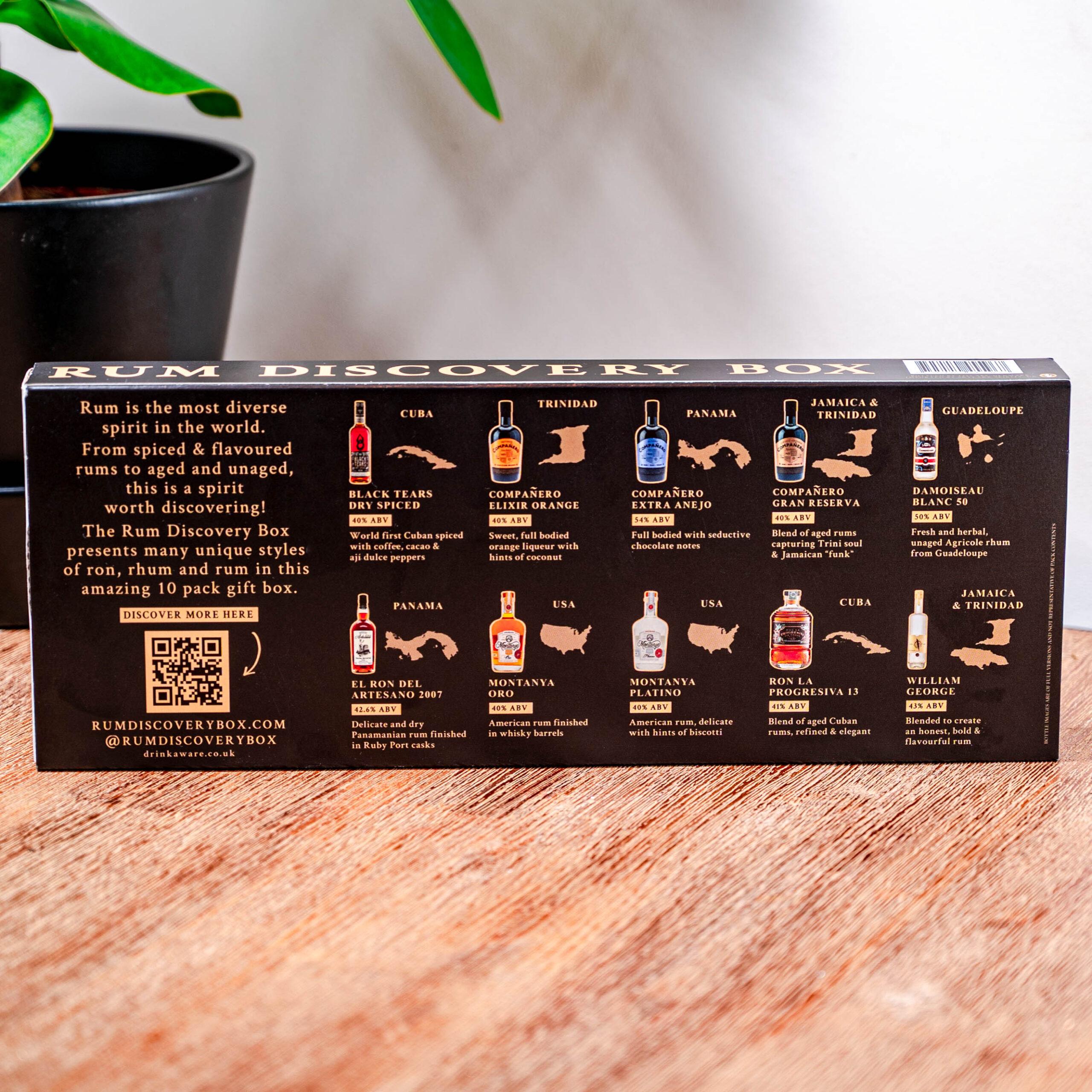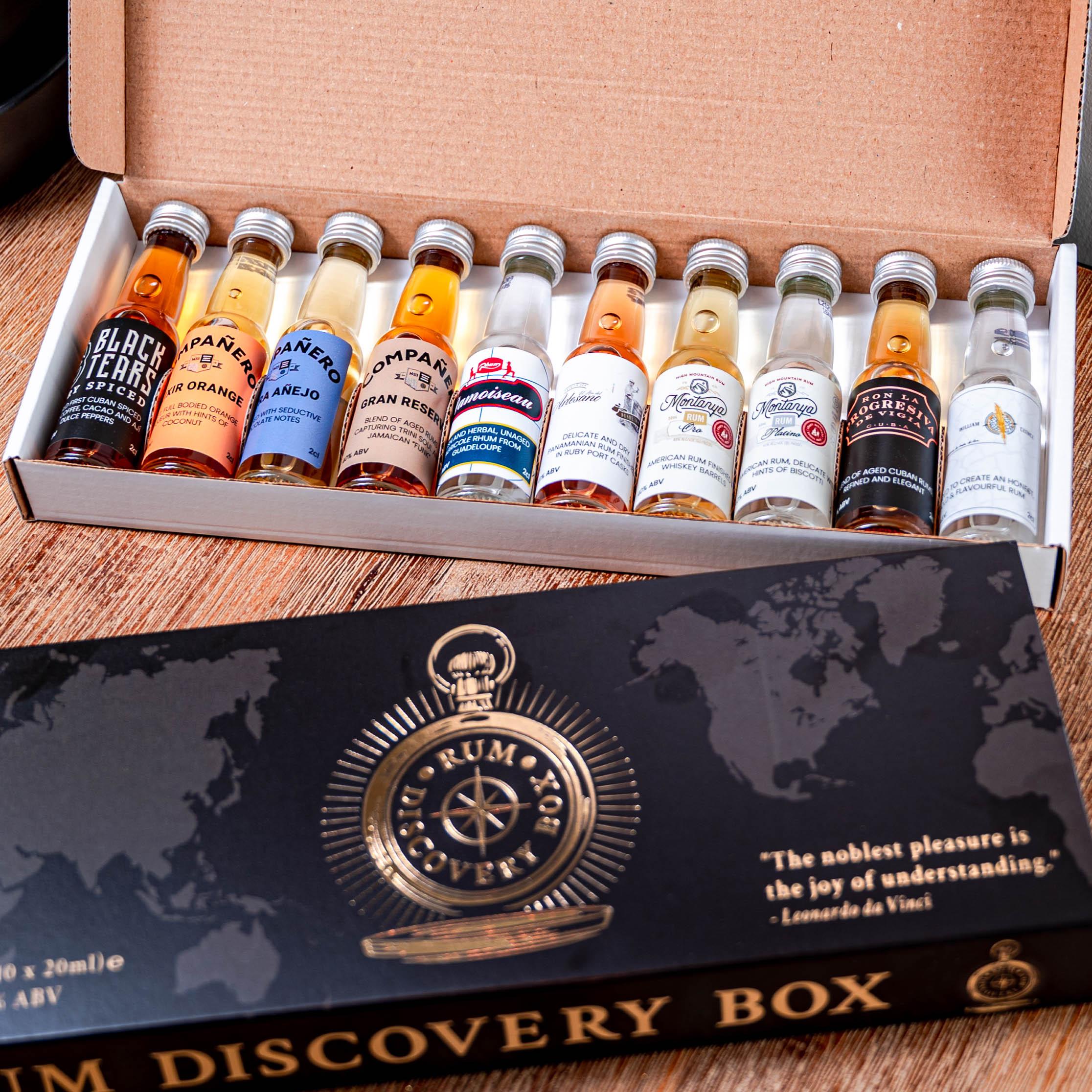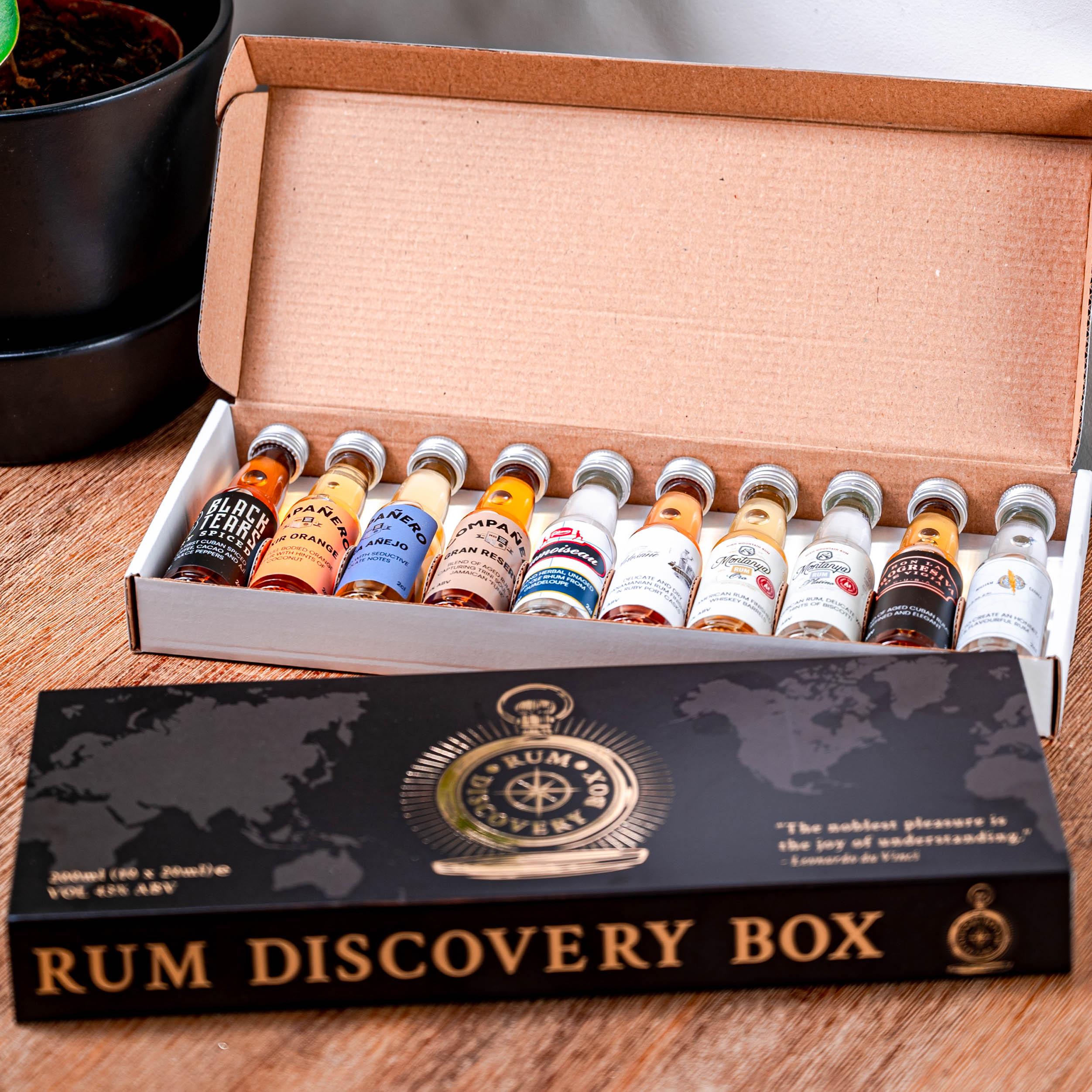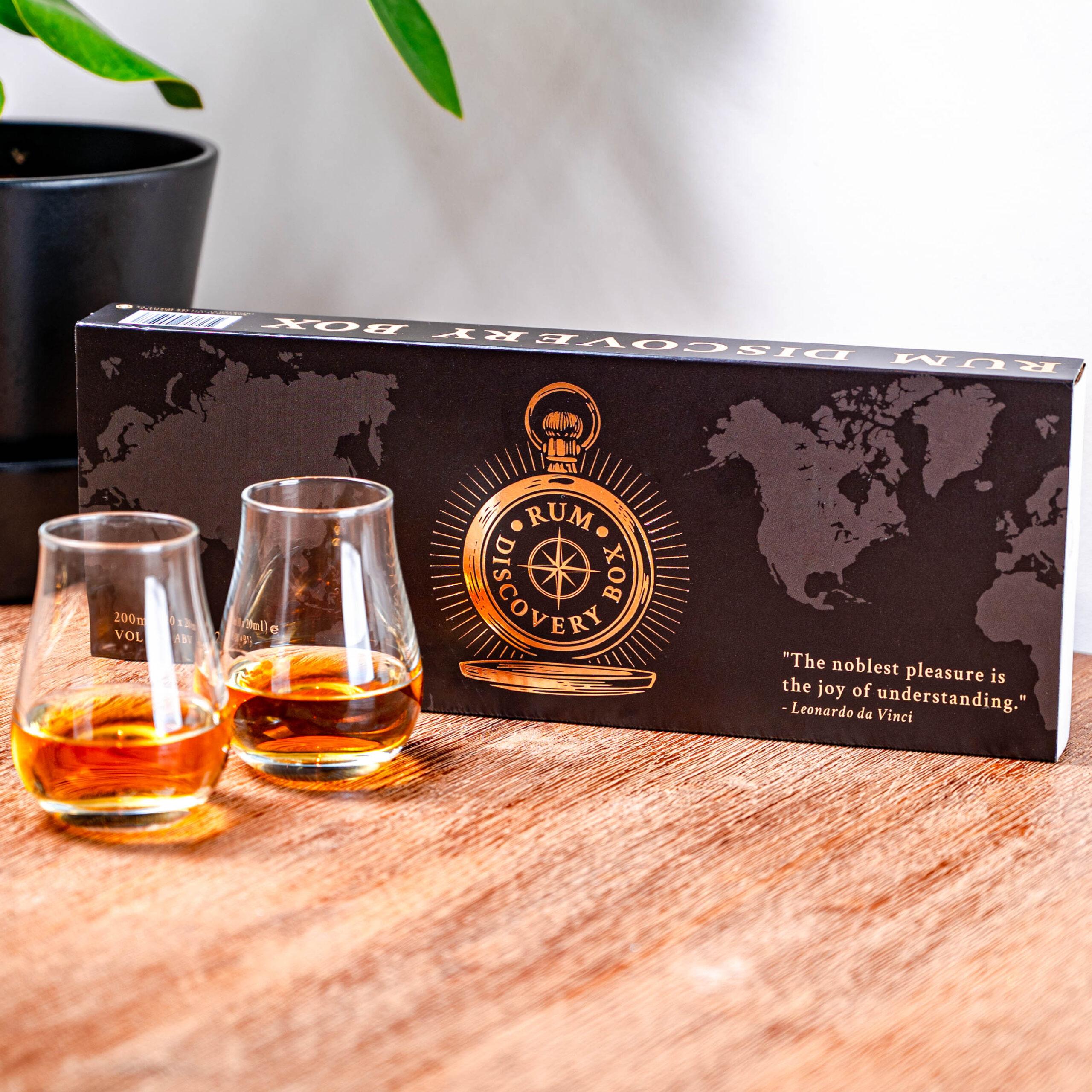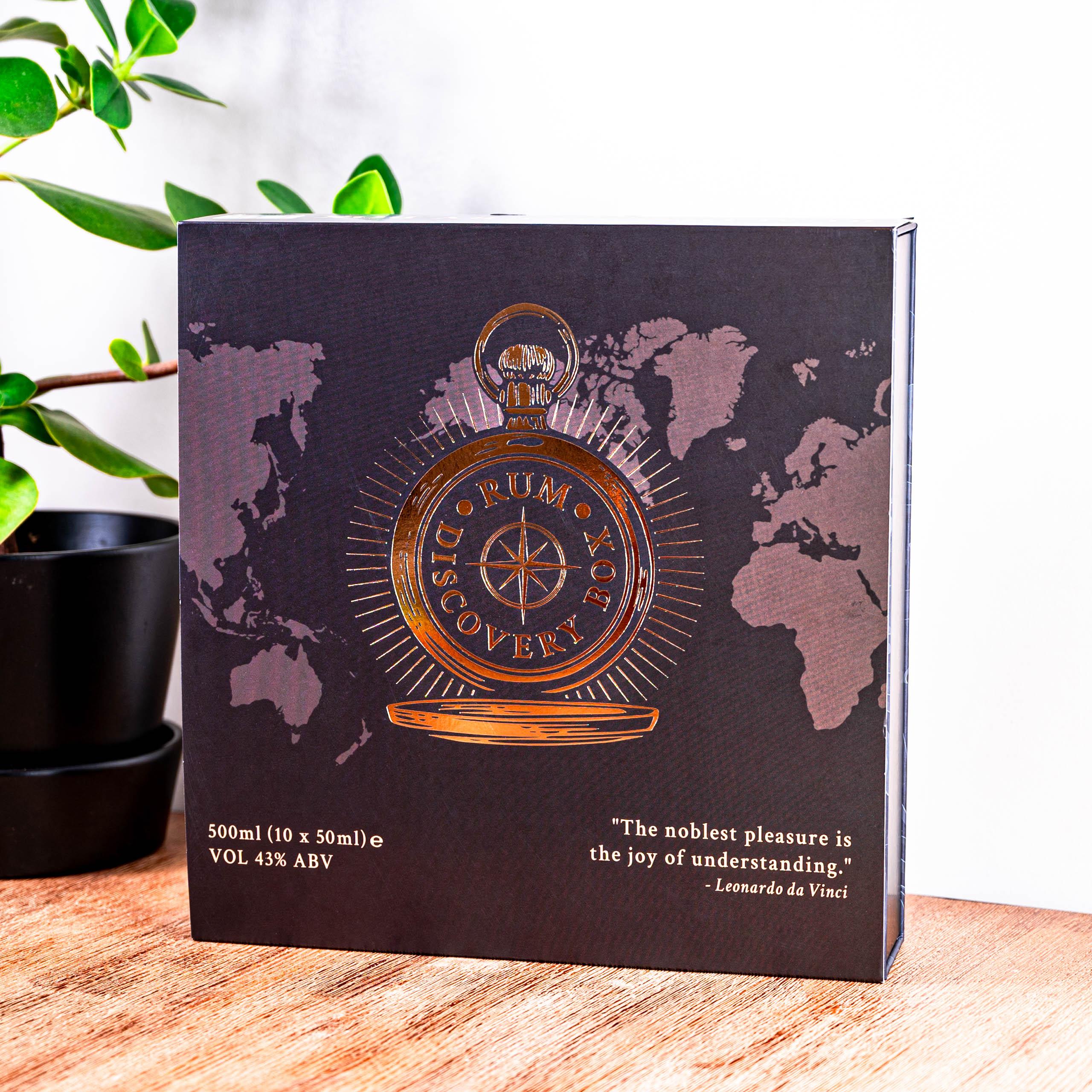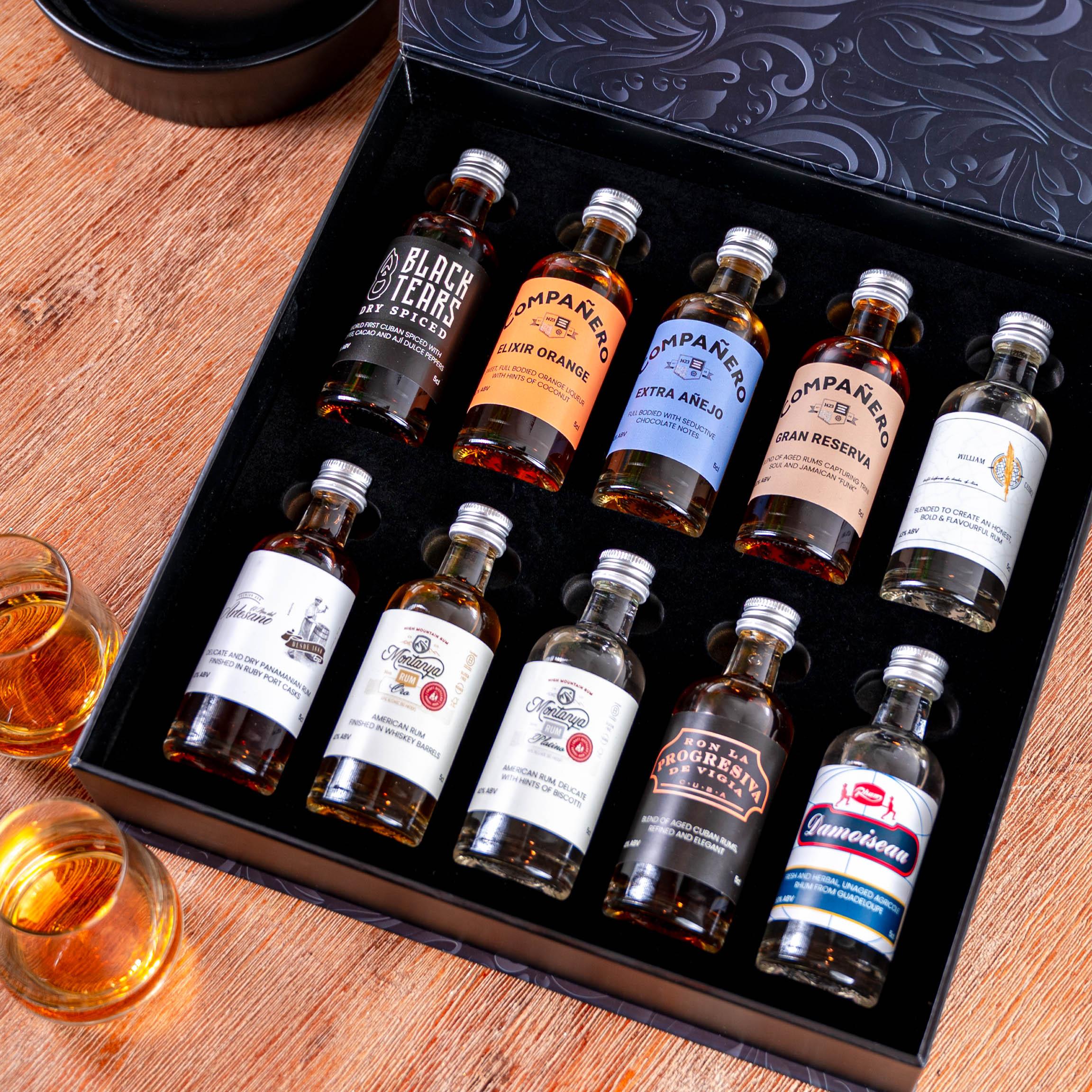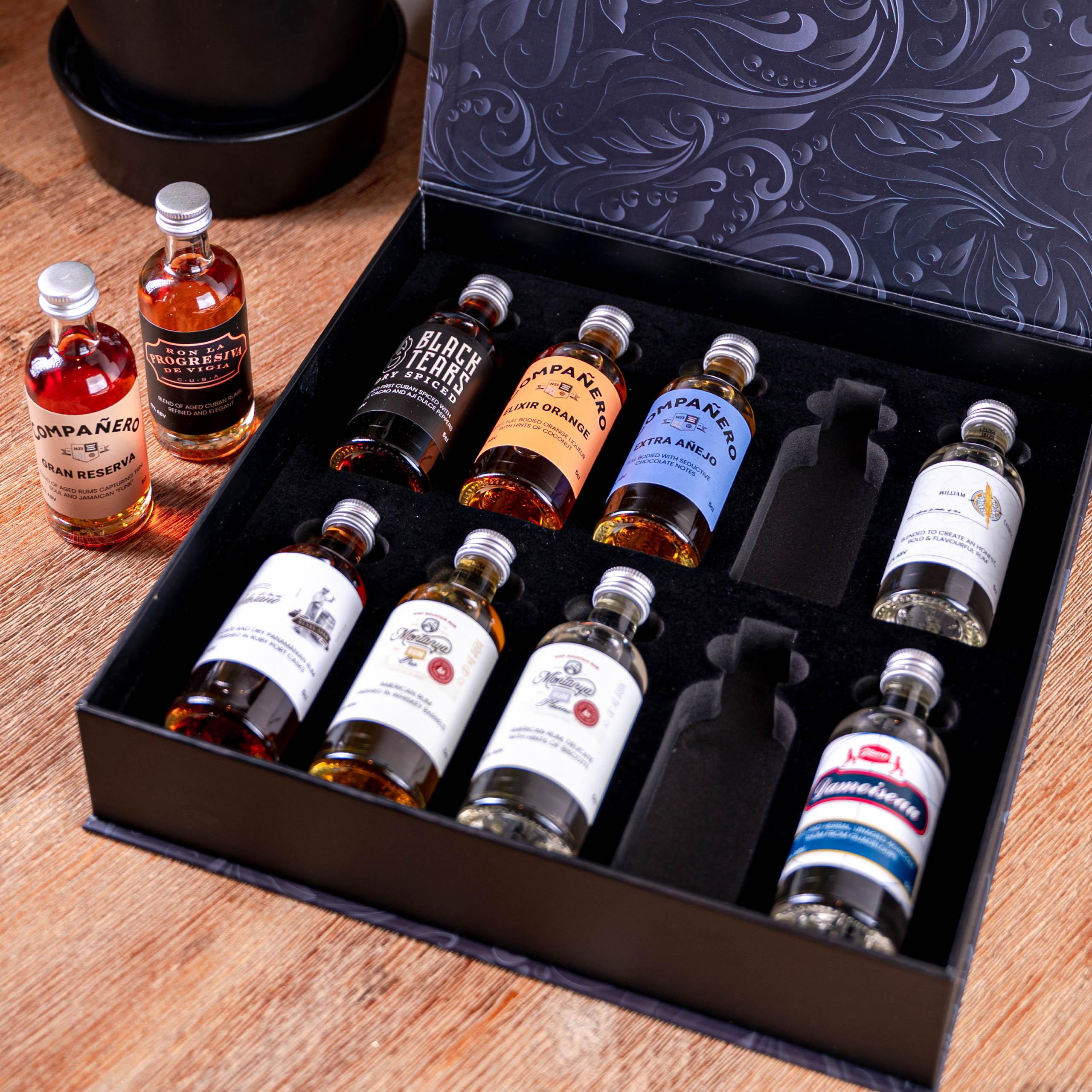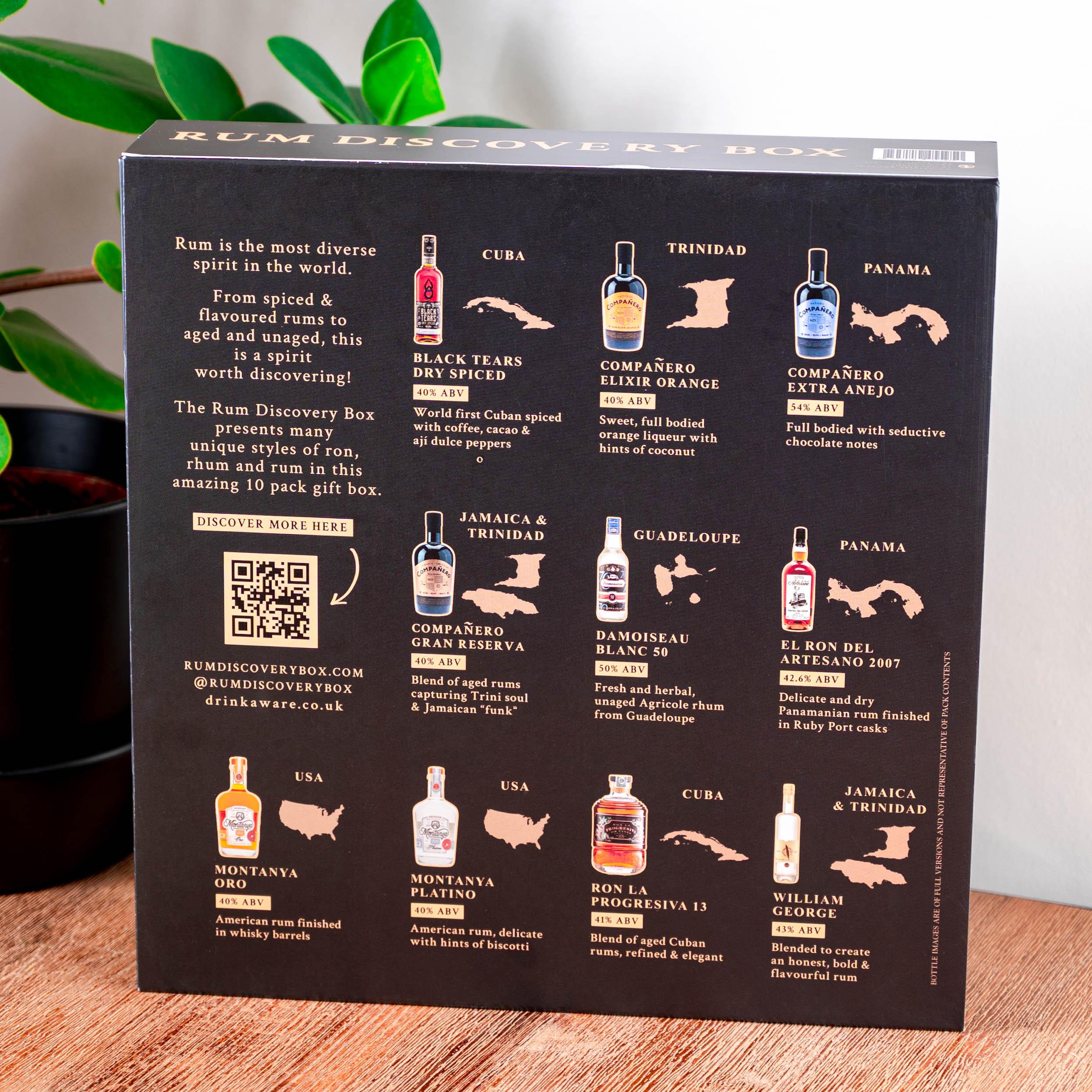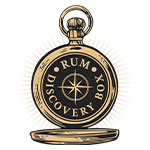
WELCOME TO
THE RUM DISCOVERY BOX
“The noblest pleasure is the joy of understanding.” – Leonardo da Vinci
Introduction
What's In The Box?
Rum is the most diverse spirit in the world. From spiced & flavoured rums to aged and unaged, this is a spirit worth discovering! The Rum Discovery Box presents many unique styles of ron, rhum and rum in this amazing 10 pack gift box.
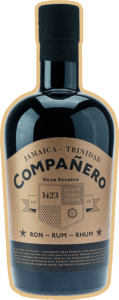
jamaica & Trinidad
Compañero Gran Reserva
Blend of aged rums capturing Trini soul & Jamaican “funk””


Panama
El Ron Del Artesano 2007
Delicate and dry Panamanian rum finished in Ruby Port casks

*IMAGES ARE NOT REPRESENTATIVE OF THE BOTTLES IN THE PACK

CUBA
BLACK TEARS SPICED
World first Cuban spiced with coffee, cacao & ají dulce peppers
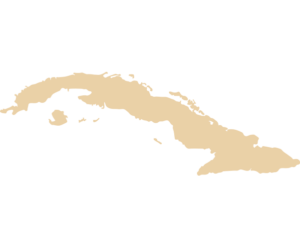
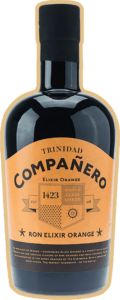
TRINIDAD
Compañero Elixir Orange
Sweet, full bodied orange liqueur with hints of coconut
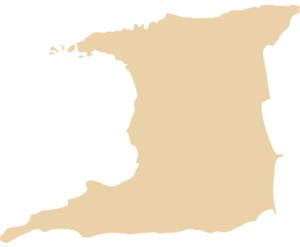
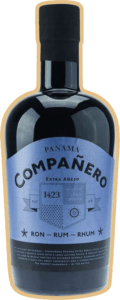
Panama
Compañero Elixir Añejo
Full bodied with seductive chocolate notes


jamaica & Trinidad
Compañero Gran Reserva
Blend of aged rums capturing Trini soul & Jamaican “funk””


Guadeloupe
Damoiseau Blanc 50
Fresh and herbal, unaged Agricole rhum from Guadeloupe


Panama
El Ron Del Artesano 2007
Delicate and dry Panamanian rum finished in Ruby Port casks

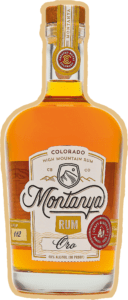
usa
Montanya Oro
American rum finished in whisky barrels

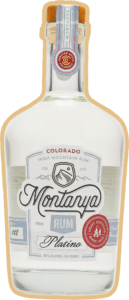
usa
Montanya Platino
American rum, delicate with hints of biscotti

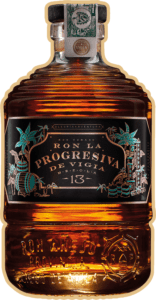
CUBA
Ron La Progresiva 13
Blend of aged Cuban rums, refined & elegant


Jamaica & Trinidad
William George
Blended to create an honest, bold & flavourful rum

*IMAGES ARE NOT REPRESENTATIVE OF THE BOTTLES IN THE PACK
Videos
A Brief History of Rum
Sugar Cane
To understand rum, you need to understand its base ingredient of sugarcane and the two main derivatives of sugar cane grass used to create it which are molasses (the black gooey liquid you sometimes cook with, the by product of creating sugar) and sugar cane juice (Essentially crushing the sugar cane to extract the juice). Sugar cane is a grass indigenous to Papua New Guinea. From here it spread west to southeast asia into China and India. From here the spread split. Part went through the middle east into Southern Europe. Part when across the Indian Ocean to Madagascar and into Africa.
First distillation
India and other countries in Asia have notable recordings of distillation using sugarcane juice in a variety of Sanskrit texts. However, this would have been a very rudimentary method. The first modern distillation of rum in the Caribbean took place in the 17th century when slaves discovered that molasses could be fermented into alcohol and then distilled to remove impurities. This would have used wild yeast found in the environment at the time. We also know of records back to 1620 in Brazil which note rum production. Essentially there is a lot of conversation on the topic and a variety of different information from that time, nothing that is conclusive. We do know that in the triangle trade, rum replaced French brandy by the late 17th century.
Cane Juice rum
We spoken a lot about how molasses and not much on cane juice rum. Well the first thing to note is that cane juice rum accounts for about 5% of global rum production. This is a terrible shame as these are the rums which most closely showcase the agriculture of the land where the sugar cane is grown. There were two significant events lead to the change in the French West Indies approach to making rum from molasses to juice cane juice rum. During a war between France and England in the early 1800s, shipping blockades made it incredible difficult to get sugar from these areas back to France. As a result, Napoleon decided to use European sugar beets instead for their sugar demand. By the 1870s demand for sugar from the French overseas territories had all but disappeared. Economies crashed and sugar plantation closed. Without the need for sugar, it was deemed more economical to make rum from the sugar cane juice, rather than using the by-product of the labourious sugar production process. The second event was Mother Nature. On Martinique in 1902 there was an eruption of Mount Pelee which destroyed many of the larger molasses distilleries (along with tens of thousand’s of people). This left gaps in the rum market which were then filled by the more local and smaller setups which used cane juice rum.
Navy
Also around this time, due to how cheap it was, brandy was replaced in the royal navys daily rations to rum. Each sailor given their daily tot. This happened after they captured Jamaica and had an easy supply of rum. This tradition continued until Black Tot Day on 31st July 1970. Rum was initially supplied at a strength of 57% alcohol by volume (ABV), as that was the only strength that could be tested by using Gunpowder. Gunpowder was soaked in a spirit, if the gunpowder could still burn the spirit was rated above proof. Used to check if the sailors were being short changed on the dilution of their rum and purser may have ended up overboard if it didn’t pass the test. The term "Navy strength" is used in modern Britain to specify spirits bottled at 57% ABV.
Slave Trade
Most people know that Christopher Columbus then took sugarcane to the Caribbean and Americas. In colonial times, sugar formed one side of the triangle trade of New World raw materials, along with European manufactured goods, and African slaves. Sugar, often in the form of molasses, was shipped from the Caribbean to Europe or New England, where it was used to make rum. The profits from the sale of sugar were then used to purchase manufactured goods, which were then shipped to West Africa, where they were bartered for slaves. The slaves were then brought back to the Caribbean to be sold to sugar planters. The profits from the sale of the slaves were then used to buy more sugar, which was shipped to Europe.
Where to buy
